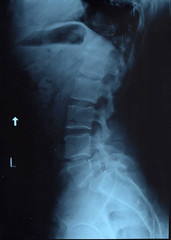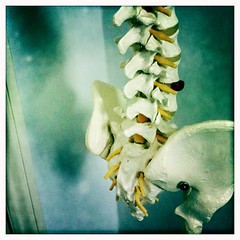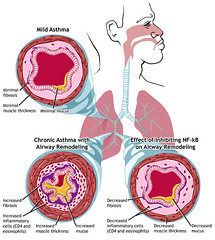By Dr. Steven Warfield
As a chiropractor I treat back pain every day. Some are caused by automobile accidents and
others from overdoing physical activities.
However, one of the predominant reasons that people over the age of
forty wind up in my care has to do with the fact that when it comes to getting
your back out of whack, nothing is more effective and insidious than the
workplace. I’m not talking about people
who work for the US Post office, FedEx or UPS or those who work in warehouses. Those folks know the proper way to lift heavy
packages. What I am referring to are
office workers. You see, more people do
more damage to their back sitting behind a desk than most other occupations
combined.
The
Personal Computer is Not Your Friend
If you spend a significant portion of your day
staring at a computer screen, this is known to lead to forward head and
shoulder posture which can cause pinched
nerves and degenerative disc disease. If
your monitor sits flat atop your desk, this necessitates that you lean your
head forward to read the screen. Doing
this day in and day out sets up a domino effect of sorts caused in part by the
pull of gravity on your head. This head
down posture puts strain on the vertebrae of the lower neck, which in turn
causes the muscles of the upper back to work overtime in order to compensate. Over time, the lower cervical vertebrae may
slide forward, further curving the spine until sufferers of this syndrome begin
to suffer neck pain, tingling or loss of feeling in the fingers and persistent muscle
ache as the muscles and tendons become tight.
Beware
Your Chair
Lumbar lordosis refers to the hollow in your back
which is a natural feature of the spine.
It is also one of the first areas to be affected by poor posture brought
about by hunching when we sit. The first
culprit is the office chair. Believe it
or not, most people do not realize that the backrest on many office chairs is
designed specifically to be adjusted to help maintain correct process. Look for
a knob directly behind the backrest which can be turned right and left that
moves the backrest in and out. By
twisting the knob clockwise the backrest should move forward and vice versa. If your
chair is not adjustable you can purchase a lumbar roll or even roll up a towel
to properly support the lower back.
There are also a number of exercises that you can
perform for a few minutes every day that can help stretch the muscles that
become overworked and tight as a result of prolonged periods sitting at a
desk. Below are a couple of exercises
that can help correct the situation.
Corner Stretch
A basic exercise that is important for
stretching the chest and shoulder muscles is the corner stretch. It is performed
in the corner of a room.
This neck stretch is done as follows:
·
Patients stand
approximately two feet back from the corner, facing into the corner.
·
Feet should be together.
·
Forearms are placed on
each wall, and elbows are a little below shoulder height (Figure 1).
·
Lean in as far as
possible without pain. Patients will feel a stretch in the front of the
shoulders and chest (Figure
2).
·
Hold the stretch for
about 30 seconds to a minute.
The
Slouch Overcorrect Procedure
This exercise helps you find your correct sitting
posture.
·
Slouch completely
·
Sit up and accentuate
your lumbar lordosis as far as possible. (Hold this posture for a few seconds.)
·
Release the strain.
One of the easiest ways to know if you are
succumbing to any of these occupational postures is to stand with your back
flat against the wall and note whether your head is touching the wall or
whether it is several inches or more away from the wall. (People with forward head and shoulder
posture find it extremely difficult if not painful to straighten their neck so
that the back of the head touches the wall.)
If you suspect that you or any one you know suffers from this condition,
tell them to consult a chiropractor right away.
Not only can a chiropractor correct this problem, they can also show
sufferers a number of exercises that are designed to alleviate the muscle
strain that this condition can cause before it leads to more serious problems
down the road.
Dr.’s Steven Warfield and Dave Edenfield offer the most
advanced treatments for back pain, sciatica, neck pain, whiplash and
headaches. They also treat auto accident victims with state-of-the-art
technologies. For more information visit http://www.lakewoodchiropracticjax.com/












